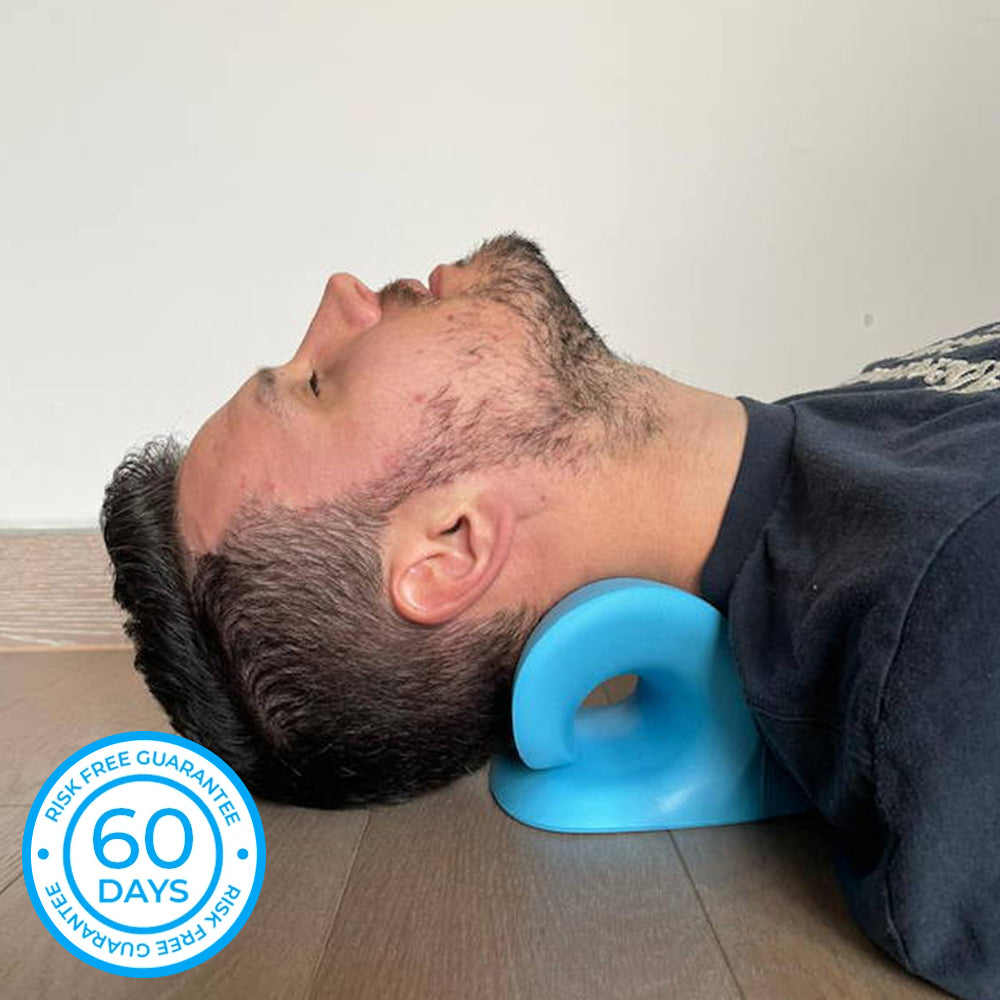Neck Pain in the Office: Determining Threat Factors and Implementing Ergonomic Solutions
Neck discomfort in the workplace is a common problem that can influence worker wellness and efficiency. By recognizing the various risk factors adding to neck discomfort and carrying out ergonomic options, companies can produce a much more conducive work environment.
Usual Reasons For Neck Discomfort
Neck pain in the workplace is a prevalent problem that can be credited to a number of typical causes. Among the main offenders is bad stance, which commonly arises from long term durations of resting incorrectly at a desk or workstation. This can cause stress on the neck muscular tissues and joints, causing discomfort and discomfort. Furthermore, repetitive activities such as regular bending, turning, or getting to can also add to neck discomfort over time. Stressing the neck by holding it in an uncomfortable position for extensive periods, like cradling the phone in between the ear and shoulder, can intensify the issue (neck cloud).

Ergonomic Threat Elements
Poor comfort designs in the work environment can dramatically add to neck pain among employees. Aspects such as improper workdesk elevation, insufficient chair assistance, and unpleasant positioning of computer screens can all play a role in the advancement of neck pain. When employees are required to rest for extended periods in placements that strain their neck muscle mass, it can bring about tightness, discomfort, and much more serious bone and joint issues gradually.
Furthermore, bad ergonomic methods can lead to staff members taking on awkward positions while functioning, such as craning their necks to see a computer system display or getting to uncomfortably for a mouse or key-board. neck cloud. These recurring activities and abnormal settings can place excessive stress on the neck and surrounding muscle mass, causing discomfort and lowered performance

Workdesk Arrangement Recommendations
When establishing a workdesk in the workplace, it is important to focus on the ergonomics of the environment. To minimize the danger of neck discomfort and pain, there are a number of workdesk configuration referrals that staff members need to take into consideration. To start with, make certain that the computer system display is placed at eye degree to stop stressing the neck by seeking out or down. The key-board and mouse need to be positioned at an elevation where the arm joints are curved at a 90-degree angle to advertise proper wrist alignment. In addition, the chair elevation must enable the feet to rest level on the floor with upper legs parallel to the ground.
It is additionally essential to have appropriate illumination to reduce eye pressure, as scrunching up your eyes or leaning ahead can lead to neck stress. Organize the workdesk design to keep regularly utilized items within arm's reach, restricting the need for recurring twisting or reaching motions. By executing these workdesk configuration recommendations, employees can produce an extra ergonomic work space that sustains neck health and minimizes her latest blog the danger of establishing occupational neck pain.
Extending and Exercise Tips
Simple desk-friendly stretches can assist reduce neck discomfort and stop stiffness. Neck rolls, shoulder shrugs, and gentle side-to-side neck stretches are effective in alleviating stress.
It is vital to take brief breaks throughout the day to carry out these workouts. Establishing reminders or utilizing applications that trigger activity can assist establish a regular extending regimen. It is very important to listen to your body and stay clear of overstretching, specifically if you are brand-new to these workouts. Uniformity is vital, so aim to include stretching and exercise right into your daily work routine. By prioritizing these activities, you can boost your physical health, reduce the danger of neck discomfort, and boost your total efficiency in the office.
Importance of Routine Breaks
In a busy job environment where demands can add to physical strains like neck discomfort, establishing a regimen that stresses the relevance of routine breaks is vital (neck cloud). Taking regular More hints breaks throughout the workday is crucial for easing and stopping neck discomfort. Prolonged periods of resting or repetitive tasks can result in muscle stress and tightness in the neck and shoulders. By including time-outs right into the job routine, workers can lower the danger of establishing neck discomfort and boost overall comfort and performance.
These breaks can also offer as an opportunity for staff members to exercise leisure methods or gentle neck stretches, further promoting bone and joint health. Applying a society that values and prioritizes normal breaks can have a considerable effect on minimizing neck discomfort and improving overall wellness in the work environment.
Conclusion
Finally, resolving ergonomic threat elements and implementing proper workstation configurations are vital in lowering neck discomfort in the work environment. By promoting good stance, providing adequate assistance, and encouraging routine breaks and stretches, companies can produce a healthier and a lot more effective work environment for staff members. Focusing on staff member well-being with ergonomic options is essential to stop discomfort and enhancing general workplace complete satisfaction.
Neck discomfort in the work environment is a widespread issue that can influence staff member well-being and efficiency. By identifying and dealing with these typical reasons of neck discomfort in the workplace, companies can click this link take positive steps to create an extra ergonomic and comfy work environment for their employees.
Poor functional designs in the workplace can dramatically contribute to neck pain among staff members. By implementing these workdesk arrangement suggestions, workers can create a much more ergonomic office that supports neck health and reduces the risk of developing job-related neck discomfort.
Neck rolls, shoulder shrugs, and gentle side-to-side neck stretches are reliable in relieving stress.